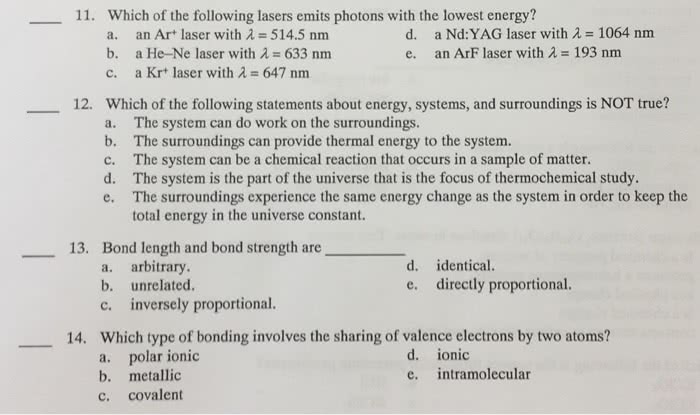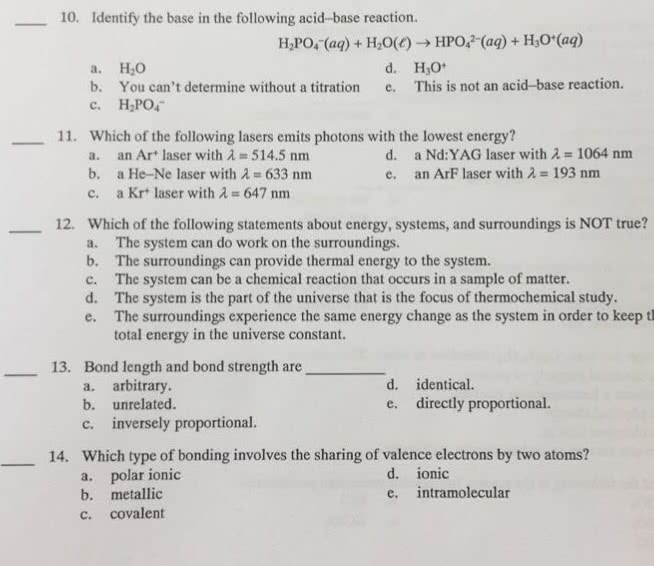MBB 222 Lecture Notes - Lecture 6: Metabolic Pathway, Calorimeter, Thermodynamics
Document Summary
A living organism is an open system - it exchanges both matter and energy with its surroundings. In any physical or chemical change, the total amount of energy in the universe remains constant, although the form of the energy may change. A system (for example, a cell) might convert one form of energy to another, but it also might lose energy. But when a system loses energy, its surroundings gain that energy, so the total energy in the universe is conserved. A system is something that we define: a biochemical reaction, a metabolic pathway, an individual cell, an organism. The surroundings is everything else in the universe. Living organisms are generally open systems : energy (heat) and/or matter exchange may occur. In biological systems, h = e (think bonds ) The value of h depends on the number and kinds of chemical bonds in the reactants and products.



